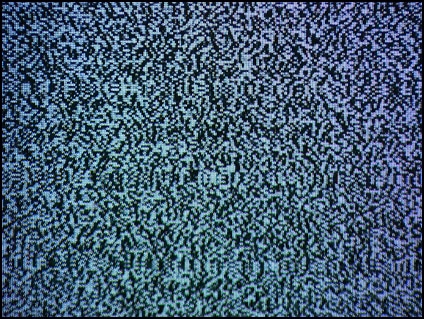
A ScienceDaily piece, called “The Psychology of Food Cravings,” discussed the work of two scientists from Flinders University in Australia, Eva Kemps and Marika Tiggemann. They wanted to figure out why humans are plagued by intense desires to eat certain foods.
Their conclusions suggest that when a person experiences a food craving, the imagination kicks in and summons up a sense memory, and creates a mental picture of it, or recalls the aroma of the specific problem food. The more rich and powerful the person’s imagination, the more brain power is devoted to that mental construct. Consequently, while the mind’s eye is occupied by the craving, the person gets worse at performing cognitive tasks, i.e., those requiring thought.
The implication, for obese kids and teenagers, is obvious. Distracted by cravings, they can’t concentrate on school work. However, the question, as originally expressed by the uncredited author, is, “Where do food cravings come from?” The answer doesn’t quite match up:
Many research studies suggest that mental imagery may be a key component of food cravings — when people crave a specific food, they have vivid images of that food.
In terms of the question, this doesn’t make sense, and doesn’t go far toward tracing down the roots of food cravings. It seems to be saying that the craving comes first, and then the imagery. Fine, but how do the cravings get started? As Childhood Obesity News has mentioned, Adrian Meule attributes it to interior chemistry.
One thing the Australian researchers noticed was the extreme specificity of food cravings:
We don’t just want to eat something; instead, we want barbecue potato chips or cookie dough ice cream.
Here’s what else they found. Just as a craving can hijack the brain’s attention from daily tasks, a simple intervention can divert the consciousness away from the craving. The experiment is described:
… [V]olunteers who were craving a food watched a flickering pattern of black and white dots on a monitor (similar to an untuned television set). After viewing the pattern, they reported a decrease in the vividness of their craved-food images as well as a reduction in their cravings.
Mark Clare’s bio describes him as a “design generalist with experience in product, service, process, program, business model, organizational and software design.” He also teaches physics at one university, and applied cognitive science at another, and says:
When changing behaviors the onset of a craving can defeat the best intentions, strongest will and well-funded health program. Cravings are specific and powerful. They have more visceral force than emotions or drive states such as hunger.
What does this have to do with childhood obesity? Maybe a lot. Clare says of the Australian study,
This is good news for the cognitive designer looking for specific tools for managing the effects of cravings…
Your responses and feedback are welcome!
Source: “The Psychology of Food Cravings,” ScienceDaily, 05/17/10
Source: “Imagery and Food Cravings,” Cognitive Design, 07/10
Image by Kyknoord, used under its Creative Commons license.

 FAQs and Media Requests:
FAQs and Media Requests: 












One Response
So, is there a “flickering screen” app we can download as a tool to look at to break the craving?